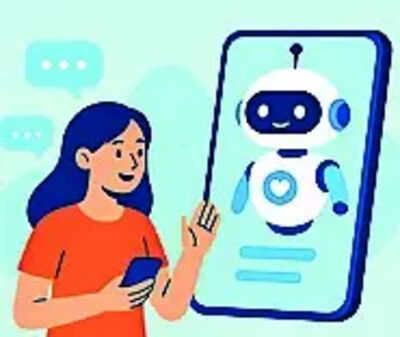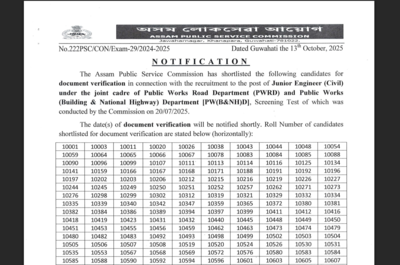Why US students are confiding in chatbots over teachers and parents: Here’s you need to know

Discussing problems with parents and teachers is becoming a thing of the past. Today, when confusion strikes or a question feels too small to ask, many American students turn not to people, but to bots. Artificial intelligence has become the quiet companion of classrooms, offering instant answers, generating essays, and even suggesting how to think.According to the Center for Democracy & Technology (CDT), 86 percent of students and 85 percent of teachers reported using AI during the 2024-25 school year, with half of students turning to it for school-related reasons. This marks a historic shift in how learning occurs and relationships in education are formed. Yet behind the convenience of AI lies a deeper, more unsettling question: What happens when the machine becomes a mentor, and the classroom connection starts to fade?Nearly one in three students (31 percent) reported having back-and-forth conversations with AI for personal, non-academic reasons using devices or software provided by their schools. Yet, only about 10 percent of teachers say they’ve received guidance on how to address situations where a student’s AI use might harm their well-being. At the same time, 38 percent of students say it’s easier to confide in AI than in their parents, and more than two-thirds of both parents and students agree that parents are largely unaware of how students are engaging with AI according to CDT’s survey.
The changing picture of learning
AI’s presence in schools has been swift and staggering. From generating ideas for essays to solving math problems and summarizing research papers, students have woven it into nearly every aspect of academic life. Teachers, too, are integrating AI to automate lesson planning and administrative work.But CDT’s findings suggest that this digital embrace has emotional and cognitive costs. Half of the surveyed students admitted that using AI in class made them feel less connected to their teachers.That connection, once the cornerstone of learning, is quietly eroding. The screen now mediates curiosity, replacing dialogue with prompts and mentorship with machine precision. Even more concerning, the survey revealed that seven in ten teachers expressed fear that AI weakens the very skills students most need to learn. Critical thinking, problem-solving, and analytical reasoning, skills honed through struggle, discussion, and reflection, risk becoming casualties of convenience.
When intelligence becomes artificially dependent
AI’s rise in classrooms brings to the surface a subtle paradox. The very tool designed to enhance learning may, if misused, diminish it. Dependence on AI can make students spectators in their own education, consuming instead of creating, accepting instead of questioning.This growing reliance threatens to blur the line between guidance and substitution. Students may begin to trust AI-generated responses without verifying or interpreting them, weakening their capacity for independent thought. CDT’s findings serve as a reminder that while AI can amplify learning, it must not paralyze the learner.
What students must remember
As classrooms evolve, students need to approach AI not as an oracle, but as an assistant:
- Think beyond the prompt: AI can suggest ideas, but it cannot replace the discipline of forming one’s own.
- Stay connected to people: A conversation with a teacher can spark understanding in ways a chatbot never can.
- Question everything: Critical thinking begins with skepticism. Not every AI-generated insight is an answer.
- Keep learning human: Education is not merely about output; it’s about dialogue, discovery, and depth.
The human element must endure
The Center for Democracy & Technology’s research exposes a truth both profound and unsettling: AI has made classrooms more efficient but also more distant. The challenge for today’s students is not whether to use AI, but how to use it wisely.As technology continues to evolve, education must preserve its most human element: The ability to think, to question, and to connect. If students begin to rely entirely on machines to reason, they may one day find that the most intelligent thing missing from their education is themselves.






